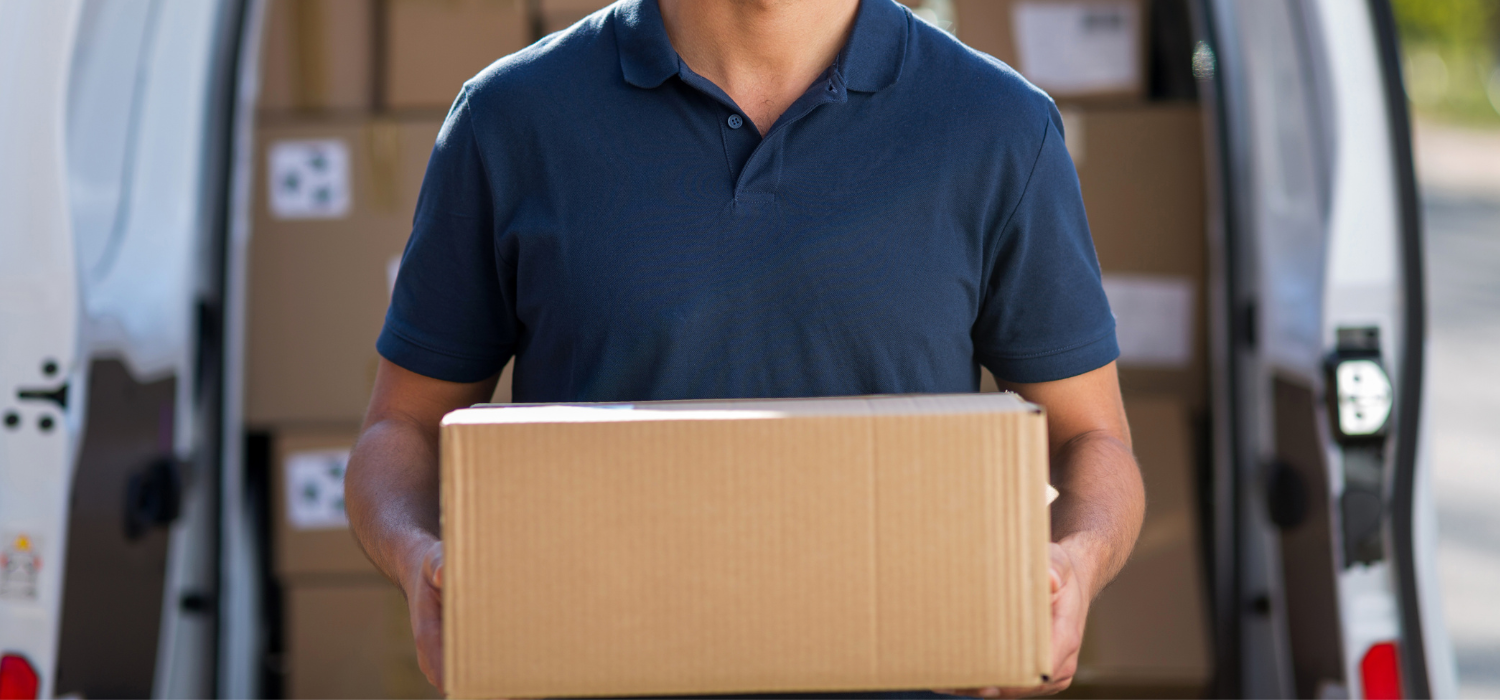In the beginning was the business of what is now the most famous e-commerce company in the world: we are talking about the online publishing marketplace.
Summer is one of the rosiest times of the year for this sector since many readers take advantage of their vacations to catch up on books left waiting on the nightstand.
But how much is this industry worth? More importantly, how much are online sales worth? Let’s find out together.
How much is the publishing market worth in Italy
According to Aie (Italian Publishers Association) data, 31.2 million books were sold in the Italian miscellaneous publishing category (novels and essays) in the first four months of the year.
Italian publishing is thus worth a total of 3.429 billion euros and is fourth in Europe and sixth in the world.
From 2019 to the present, the sector has experienced a significant increase: Italians have spent 68.7 million euros more on books (equal, in percentage terms, to a 17 percent increase), buying 4.2 million more copies (+15.6 percent).
What are the main book sales channels
In 2023, physical bookstores are confirmed to be the leading channel for book sales in Italy, accounting for 53.8 percent of total sales.
In recent years, however, the eCommerce channel for book sales – which was worth 27 percent of the total in 2019-has been gaining more and more readers, followed by large-scale retail, which is worth 4.7 percent in 2023.
How much is the online publishing market worth in Italy
Since 2019, online book sales have increased from 27% of total sales to 43% in 2022.
Compared to the total value of eCommerce in Italy, the online publishing market is thus worth about 2%.
Top 10 eCommerce Book Rankings
Casaleggio Associati prepares the eCommerce Ranking for the publishing industry every year.
In 2023, the first position is occupied by Ibs.co.uk, followed by Mondadori Store, Feltrinelli, Libraccio, Panini Shop, University Bookstore, Unilibro, The Book Garden, Kobo, and, finally, Hoepli.
The conversion rate in the online publishing market.
The conversion rate of online book stores is 2 percent. This means that for every 100 users who visit a website that sells books, 2 buy. For comparison with other industries, the fashion conversion rate is 0.9 percent; while the Italian average for eCommerce is 1.5 percent.
Playing a decisive role in online sales are in particular the payment methods available to users so much so that, according to estimates, by offering more options for payment, sales could grow by as much as 10 percent. Credit cards, Paypal and Satispay are the most popular methods used on online book stores, although many readers still prefer wire transfer or cash on delivery.
The average receipt in the online publishing market
The average receipt for an online book purchase is about 39 euros, a figure that represents for many e-shops in the publishing sector the minimum threshold for enjoying free shipping.
In fact, the cost of shipping (added to the rising cost of books) is a deterrent to online purchases for many users. How then to solve the problem?
Alternative delivery methods for books purchased online
While shipping to the home, so-called Home Delivery, while still the preferred delivery method for many users, it is certainly not the most sustainable in several respects, both economic and environmental.
Fortunately, online orders in the publishing industry, due to their reduced size and weight, lend themselves to Out Of Home delivery methods, i.e., at Lockers and Pickup Points.
These solutions not only offer users an advantage in terms of flexibility (they can freely choose where and when it is most convenient for them to pick up an order), they are also cheaper and more sustainable than Home Delivery.
This is demonstrated by data from the Milan Polytechnic’s B2c eCommerce Observatory, according to which, thanks to Lockers, it is possible to save up to 60-65% (depending on whether the Locker is located in an urban or rural setting) in terms of euros per delivery and up to 73-76% in terms of emissions.
For all these reasons, order pickup through Lockers and Pickup Points is an increasingly popular and appreciated method in Italy (15.9% of total purchases in 2023).
How to integrate Lockers and Pickup Points to your eCommerce
If you want to integrate Lockers and Pickup Points to your book eCommerce, you can rely on the services of GEL Proximity.
GEL Proximity is the world’s first technology that places Last Mile Logistics at the center of the checkout process, directly managing the relationship between checkout and the Proximity solution you choose to pick up or return a parcel. With GEL Proximity you can then integrate more than 125,000 already active Pickup Points and Lockers nationwide and internationally to your online store.
To find out more, see all our services or schedule an appointment with us.












